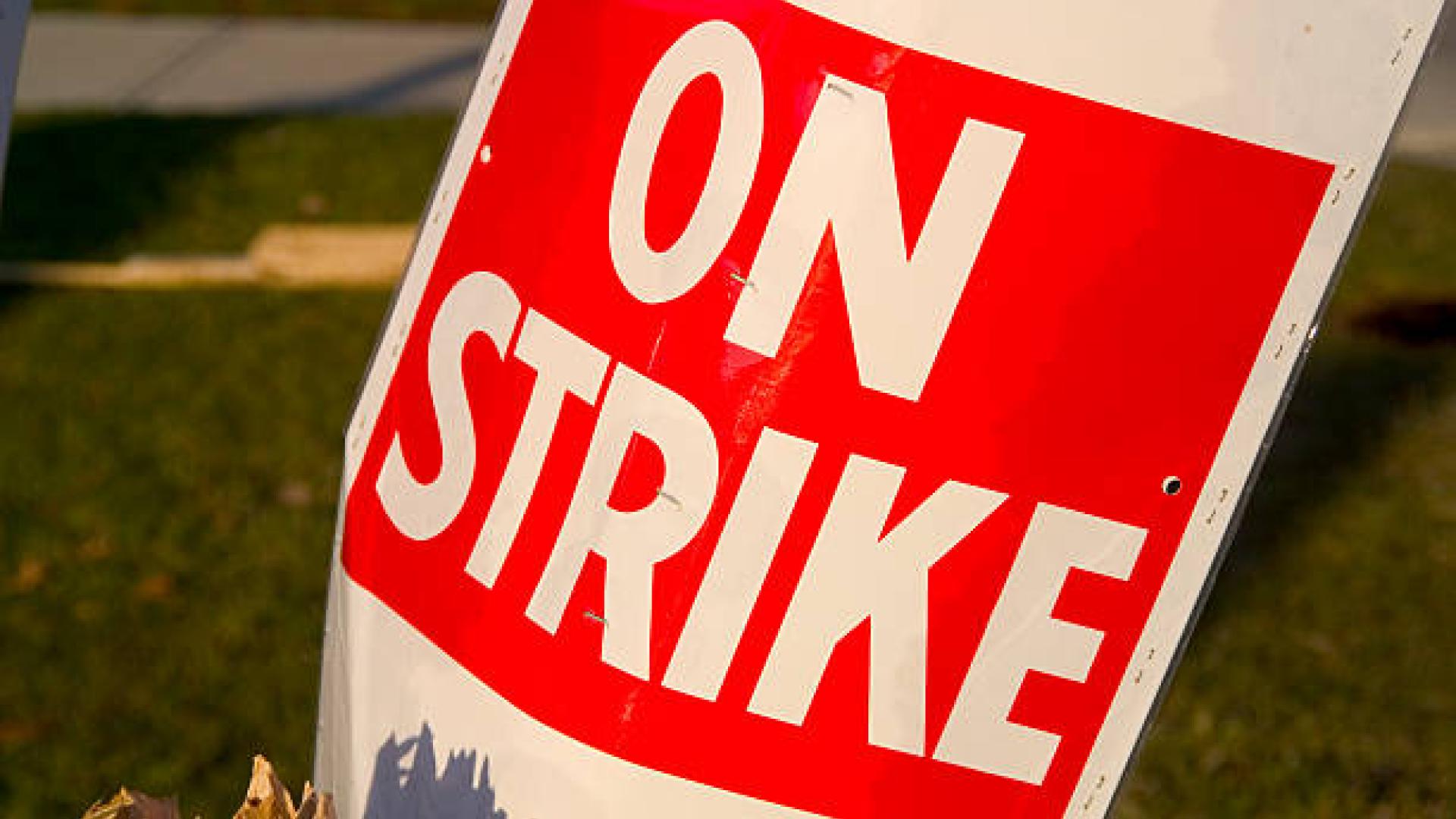Ben Roberts
This year has seen a ramping up of strike action across the UK. Workers from the public and private sectors are unifying left and right to demand better treatment from their employers, whether that’s better pay, improved working conditions, or revised contractual rights moving forward. While the reasons behind strike action are typically well-justified, the success of these campaigns can hinge on public perception. And when we explore these perceptions, we often find that there are complex dynamics at play.
This makes it vital to explore the relationships that the public has with various sectors, and more importantly, to gauge their patience for strike action within them. Using our latest research with the public, we’re delving into some of our top insights into how the public can be expected to support or oppose strikes within various sectors, and the unique position of the charity sector within this dynamic.
Public support for strikes
Strikes have either been announced or have been ongoing across a wide variety of sectors in recent months. But while private companies like AG Barr and GXO Croydon are facing strike action by delivery drivers and warehouse workers, many people are more interested by what’s happening within the NHS.
We blogged recently about how public attitudes towards the NHS were recovering, returning to a state of concern following a dip after the pandemic. As this week sees nursing strikes facing a potential end (for now at least), we can reveal that they are the public’s most supported group when it comes to striking. Nearly two thirds (62%) of the public are in support or nurses going on strike, while only 25% say that they are against it. This support comes after nurses were recognised as a core frontline worker during the pandemic, and the visibility of their struggles during and after this time. Combine that with compelling figures showing their need for higher wages and the result is mass support for this cause. Falling just short of the top spot are paramedics, ambulance drivers, and junior doctors, who can all expect to receive widespread backing in their strike efforts from the public.
Opposition towards strikes
Of course, some strikes receive more opposition than support from the public. Our research has shown that one of the most opposed sectors in this regard is train drivers. This is unsurprising, given that sectors disrupting the day-to-day or personal lives of the public are often more likely to stir up anxieties and cynicism.
Others who the public offer more opposition than support to in their striking efforts include university staff, civil servants, and barristers. This likely comes down in large part to the perception of these roles as being well-compensated, and without the risks that those like NHS staff face. We also have to consider the role that the media plays in shaping these arguments. The language used around strikes is often inflammatory and designed to limit the sympathies the reader has for those involved – and this would make for difficult navigation in the charity sector in particular.
The unique position of the charity sector
Charities find themselves in a distinct spot from other organisations when it comes to the possibility of strike action. As we explored recently, much of the public isn’t sure whether charity workers should be paid or not, let alone whether they should be able to strike. This harmful public perception would make it difficult for charities to negotiate improvements to their working conditions without impacting the public’s perceptions of the charity’s priorities.
In fact, we found out that the public is split on whether to support our sector. A large proportion simply did not know whether to stand in support or opposition – 29% of those we asked. Meanwhile, 38% would support it, and 28% would oppose. In terms of recent strikes, such as the pay dispute of St Mungo’s workers across the UK, there’s luckily been little fallout despite the fragility of public comfort in this arena, but a higher-profile strike could have more of an impact.
What’s needed in all instances of these negotiations is transparency. Where workers are forced to strike, clear internal and external communications can help to reinforce the public’s comfort with what’s at stake for the charity, and remind them that without compensated and comfortable workers, charities can’t continue to pursue their mission. Ongoing dialogues between all parties are the best way to ensure that the public stay onside, and that the people who make this sector thrive are advocated for effectively while maintaining public trust.
You can learn more about our research with the public by downloading information below.

